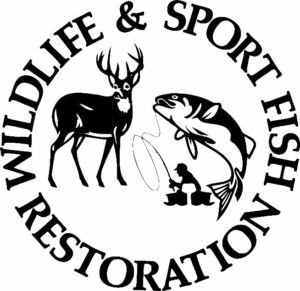 For Immediate Release:
For Immediate Release:
12/17/2020
Contact: Samantha Pedder
[email protected]
(Washington, D.C.) – The “Modernizing the Pittman-Robertson Fund for Tomorrow’s Needs Act” was signed into law by President Trump on December 20, 2019. One eventful year has come and gone, and in that time, the conservation community has begun the work to implement many vital components of this Act.
The Act was designed to help the conservation community recruit, retain and reactivate (R3) hunters and recreational target shooters. Through the Act, the definitions of hunter recruitment and recreational shooter recruitment were added to the language of the fundamental conservation Pittman-Robertson law, initially passed in 1937. The Act removed the prohibition on public relations allowing spending of federal funds by states to promote hunting and recreational target shooting and enhance hunter recruitment and recreational target shooter recruitment efforts. The law also expanded the competitive Multistate Conservation Grant (MSCG) program by providing $5 million annually for hunter and recreational target shooter recruitment projects.
Congressman Austin Scott (GA-08), an original sponsor of H.R. 877: “Modernizing the Pittman-Robertson Fund for Tomorrow’s Needs Act,” commented, “It’s hard to believe that it’s been a year since we’ve modernized Pittman-Robertson, but I’m happy to see how promising its effects have already been. These critical updates to our wildlife conservation system have removed constraints on recruiting, retaining, and reactivating hunters and recreational shooters, and I commend the conservation community on the work they have done and will continue to do to meet the needs of modern sportsmen and women. Though this year has been chaotic, these updates were timely with so many Americans realizing how important and beneficial it is to spend time outdoors.”
“The passing of this law was a collaborative effort of many conservation partners whom all have a common vested interest in the future of hunting and recreational target shooting, and in expanding the participant base,” commented John Frampton, CEO and President of the Council to Advance Hunting and the Shooting Sports, a group dedicated to helping partners develop best practices to recruit, retain and reactivate hunters and recreational target shooters. “In one year as a community, we have demonstrated that this was a critical initiative for conservation and have made good on our commitment to putting the dollars to work.”
Once signed into law, the Act enabled the Association of Fish and Wildlife Agencies (AFWA) to enhance the current Multistate Conservation Grant Program to accommodate the allocation of an additional $5 million annually. The program was structured, grants solicited and reviewed by a team of subject-matter experts, and then approved and sent to the United States Fish and Wildlife Service (USFWS) – all before October 1. Selected projects began September 1, 2020, and another round of projects will begin January 1, 2021. Many unique and strategic projects were selected for funding, and a snapshot of selected grants may be found on the Council’s YoutTube channel. A full list of funded projects may also be found on AFWA’s website, and some of the work products of previous MSCG R3 projects may be found on the National R3 Clearinghouse.
Dedicated funding for so many collaborative and strategic multistate projects was a fundamental element of the Act. The Archery Trade Association (ATA), the trade association representing manufacturers of archery and arrow equipment and ranges and retailers, played a critical role in ensuring that the $5 million annually comes from the excise tax on archery equipment. “It is extremely gratifying to know that because of this legislation, our state fish and wildlife agency partners now have the flexibility to spend federal excise tax (FET) dollars collected on archery equipment more strategically and in ways that can better address modern-day R3 challenges. Together, we have made the future of bowhunting and shooting sports a little brighter!” commented Dan Forster, Vice President and Chief Conservation Officer for ATA.
Another fundamental element of the Act provided for removing the prohibition of public relations and increased support for hunter and recreational target shooter recruitment efforts. For decades professionals have worked to recruit, retain and reactivate hunters and recreational target shooters. Over the years, the science and methodology of R3 efforts have greatly improved. Through research and experience, R3 professionals have highlighted the need to communicate with hunters and target shooters (new, current and former) about topics such as access, regulations, emerging diseases, and more in modern ways. Before this Act passing, state fish and wildlife agencies were constrained in their ability to communicate with participants, and now, they can use the best marketing and communications approaches to spread awareness and information on hunting and target shooting, and also on the connection between these activities and conservation.
To accommodate the changes provided for by the Act, the USFWS is developing new guidance to help state fish and wildlife agencies innovate using federal funds. The USFWS has established a team that is working with state fish and wildlife agency staff to help expand understanding and application of the language of the Act and increase the consistency and awareness of potential eligible activities through state-designed Wildlife and Sport Fish Restoration grant programs. The process has been ongoing. Ultimately, the goal is that all states become aware of the potential types of programs that are now eligible and allow the greatest flexibility and innovation through R3 efforts occurring on the ground. The USFWS team releases new program advisories monthly and has collected these on one central website.
The “Modernizing the Pittman-Robertson Fund for Tomorrow’s Needs Act” accomplished many of the goals conservation partners had in mind as this critical legislation unfolded. The future of the participation in hunting and target shooting, and support for conservation in America, will depend on the success of the R3 efforts that this Act supported and with both the funding and the increased ability for R3 professionals to innovate and communicate with new, current and former participants. On a final note, Frampton concluded, “Surely in one short year, we have proven that the need for this Act was real. It was the spirit of cooperation of so many partners that helped to pass this critical legislation, and it is that same spirit that will ensure that in the coming years, our unified efforts will result in increased participation and relevancy of hunting and target shooting in America.”
About the Council to Advance Hunting and the Shooting Sports
Purpose: Ensure support for and active participation in hunting and the shooting sports for future generations.
Vision: America where hunting and the shooting sports are an integral part of mainstream culture and where hunters and shooters are widely recognized as premiere conservation contributors.
Mission: Facilitate the promotion and growth of hunting and the shooting sports and the education of the public on the contributions that hunters and shooters make towards wildlife conservation.




 massmonopoly
massmonopoly R3 PRACTITIONER’S GUIDE
R3 PRACTITIONER’S GUIDE